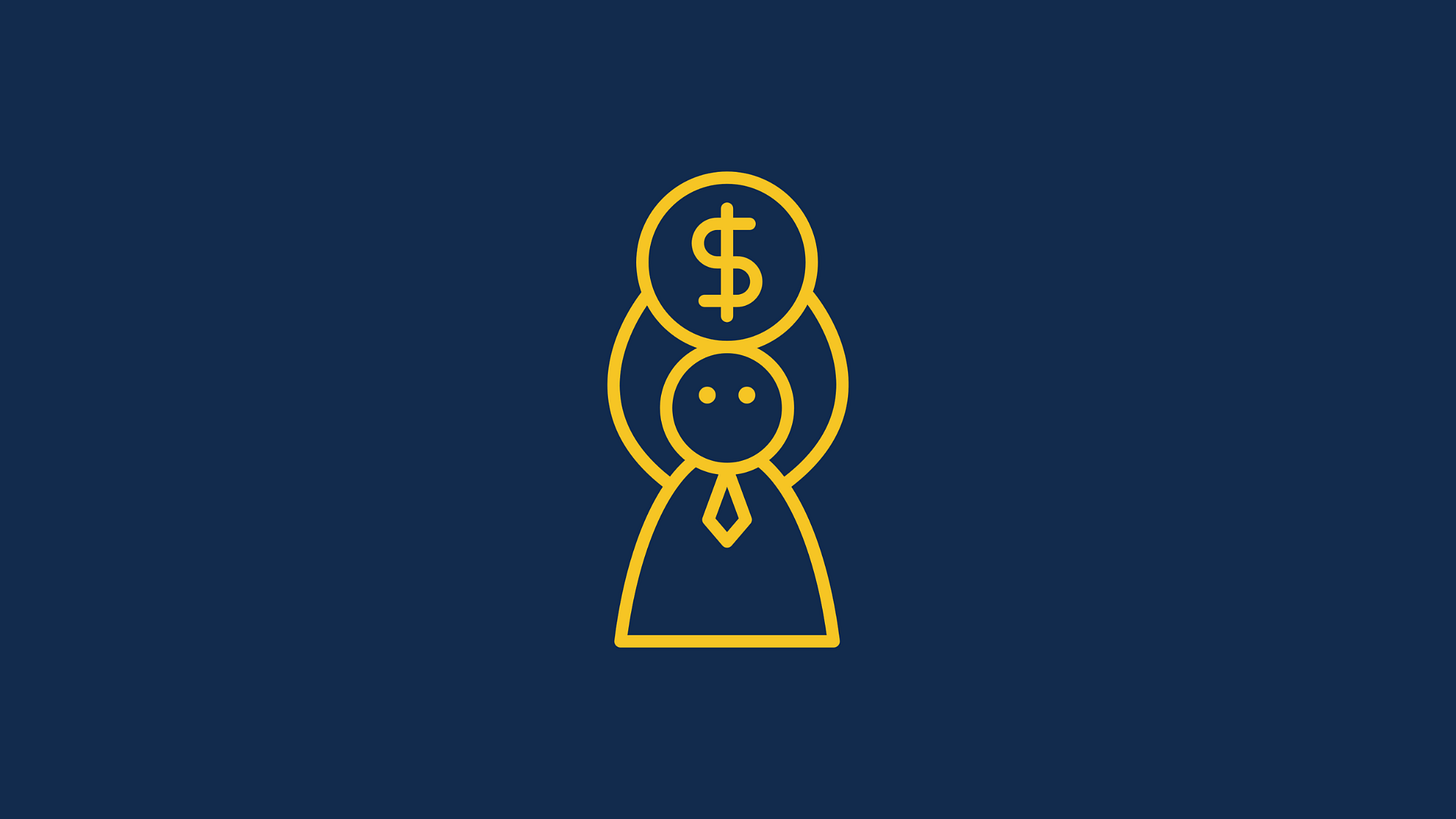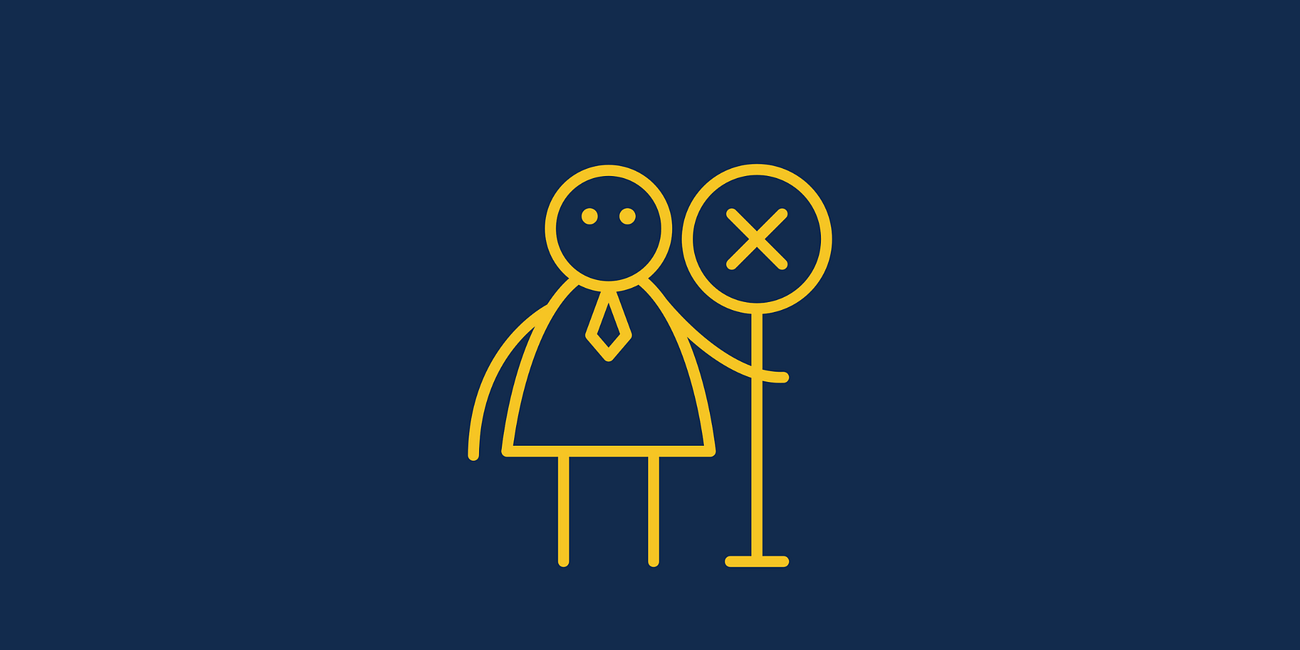The $1,000 Prison: Why Your 'Starter' Rate Is Destroying Your Future (And How to Break Free)
Solopreneur Letters #1
That $1,000/month retainer you think is a win?
It's a prison.
I learned this the hard way.
When I started in digital marketing five years ago, I was desperate.
My previous business had been shut down by Covid, my confidence was shot, I had a family to take care of, and any paying client felt like salvation.
So when someone offered me $1,000/month to build and manage their funnel, I grabbed it like a life raft.
I should have charged $3-4k for that.
I told myself the same lies you're probably telling yourself:
"It's just until I get some experience"
"Once they grow, they'll pay me more"
"I need to prove myself first"
"Some money is better than no money"
Here's what nobody told me about underpricing: it's not temporary.
It becomes your identity.
A couple years later, and I'd helped that business go from zero to about $75k a year.
My reward? A bump up $2,000/month.
And I was grateful.
After all, I'd doubled my rate!
Never mind that I was generating 3-4X my fee every month.
Never mind that I'd become their entire marketing department.
I'd started at $1,000, so $2,000 felt like winning.
This is how underpricing breaks your brain.
The Breakthrough Trap
Here's the seductive lie that keeps you stuck: you start believing your client's breakthrough will become your breakthrough.
You rationalize the low pay because surely, once they succeed, they'll pay you what you're worth.
So you go all-in on their business, treating it like your job instead of a client relationship.
You stop developing your own business because you're too busy trying to save theirs.
But struggling businesses rarely break through.
They have leadership problems, structural issues, or fundamental flaws that no amount of brilliant marketing can fix.
You can't market your way out of a broken business model or a founder who's playing small.
I spent two years waiting for my clients' success to lift me up.
Here's the hard lesson: as a solopreneur, you can't build your future on someone else's foundation.
The Real Cost of Underpricing
When you charge $1,000/month, you're not just losing money.
You're losing:
Time: Low-paying clients need more hand-holding, have worse systems, and create more drama. You'll spend 20 hours serving them instead of 5 hours serving a proper client.
Energy: You'll resent the work, which kills your creativity and enthusiasm. That resentment leaks into everything you do.
Opportunity: When you're fully booked with low-paying clients, you can't take on good ones. You're too busy drowning to swim to shore.
Confidence: Every month at those rates reinforces that you're not worth more. It's psychological poison that takes years to purge.
The Fix
If you're just starting out, here's your pricing formula:
Step 1: Find your "lowball number" - that voice in your head saying "maybe I should just charge $500 for this." That's your fear talking, trying to guarantee a yes. Write that number down.
Step 2: Triple it. That $500 becomes $1,500. This is your actual rate - what you should be charging once you have proof.
Step 3: If you desperately need that first case study, offer it at half your actual rate. Tell them straight up: "My standard rate for this is $1,500, but I'm building case studies for my portfolio. I'll do it for $750 this one time.
Notice what just happened?
Even your "discount" rate is 50% higher than what your scared brain said to charge.
This isn't manipulation - it's math that protects you from yourself.
Because here's what happens when you follow your fear:
You quote $500 (your lowball)
They negotiate to $400
You deliver $3,000 worth of value
You train everyone that you're the $400 person
But when you use this formula:
You quote $750 (half of your real rate)
They see it as a 50% discount but you’ve establish $1,500 as your baseline in their mind
You deliver $3,000 worth of value (because that's what you're building toward - delivering more value than the cost of hiring you)
They now see you as the premium option who happened to give them early access
Document everything during that discounted project.
Build the case study.
Then never offer that discount again.
The formula: Lowball × 3 = Your Rate. Your Rate ÷ 2 = Case Study Price (if desperate).
Even your worst price is better than your fear's best price.
The Truth Nobody Wants to Hear
Low prices don't lead to high prices. They lead to more low prices.
Clients who pay $1,000/month refer other clients who pay $1,000/month.
They hang out in communities with other $1,000/month buyers.
You become known as the "$1,000/month person."
Meanwhile, clients who pay $5,000/month refer other $5,000/month clients.
They have different standards, different networks, different expectations.
They're investing in growth, not looking for bargains.
I'm 45 now, and I'm just learning to charge what I'm worth after five years of underpricing.
Those five years didn't build my experience - they built my cage.
Every low-paying client made it harder to break free, not easier.
You know what's worse than having no clients?
Having four clients who pay you so little that you can't afford to find better ones.
Start high or don't start.
Your future self will thank you.
This is Letter #1 of 'Solopreneur Letters' – a series I’m writing where I share the hard-earned wisdom I wish I’d had when I started on my solopreneur journey. See the full list:




Selling out of fear and pricing low may sometimes seem like the only option. And sometimes it is. I've been there as well.
Loved how you spoke about pricing it and letting the client know its a discounted price and taking it up from there. Great share indeed! 🙌